Dark patterns are elements of digital user interface (UI) which are designed to take advantage of inherent psychological biases and lead users towards making certain choices. In user-centred UI design, the goal of the designer is to maximise usability and enhance a user’s experience of a digital product or service. Dark patterns are carefully crafted UI design features which invert the user-centred goal to instead influence users to make choices which maximise the interests of the online service provider (often without the user’s awareness).
Dark pattern examples
Almost every user of the internet will have been exposed to dark patterns, but often they’re not aware of them. Once users are aware of the concept and know what to look for, however, they can be easier to spot. Examples of dark patterns may include the following:
Misdirection techniques
Misdirection techniques involve visuals or language being used to direct users away from a choice. For example, an online service provider may make an option that is favourable to the provider more prominent by using a large, colourful button, and the option which is less favourable to the provider less prominent, by using small, grey font placed to the side.
Readers will likely recognise a number of these techniques. For example, when buying flights online, users are often taken to a screen which presents a plane map and invites a user to select a seat (for a fee), whilst at the bottom edge of that page a much smaller link allows the user to skip this step (for no fee).
“Confirmshaming” techniques
Confirmsharing techniques involve users being presented with negatively framed decline options that are used to guide users toward making certain choices which benefit the online service provider.
An examples is where a user is presented with an option to sign up for a newsletter to receive a discount on their purchase or some kind of promotional offering, in exchange for allowing their personal information to be used for a collateral purpose such as advertising. In this technique, the ‘decline’ option is framed in a negative light, such as “No thanks, I’d rather pay full price!” or “No, I like missing out”.
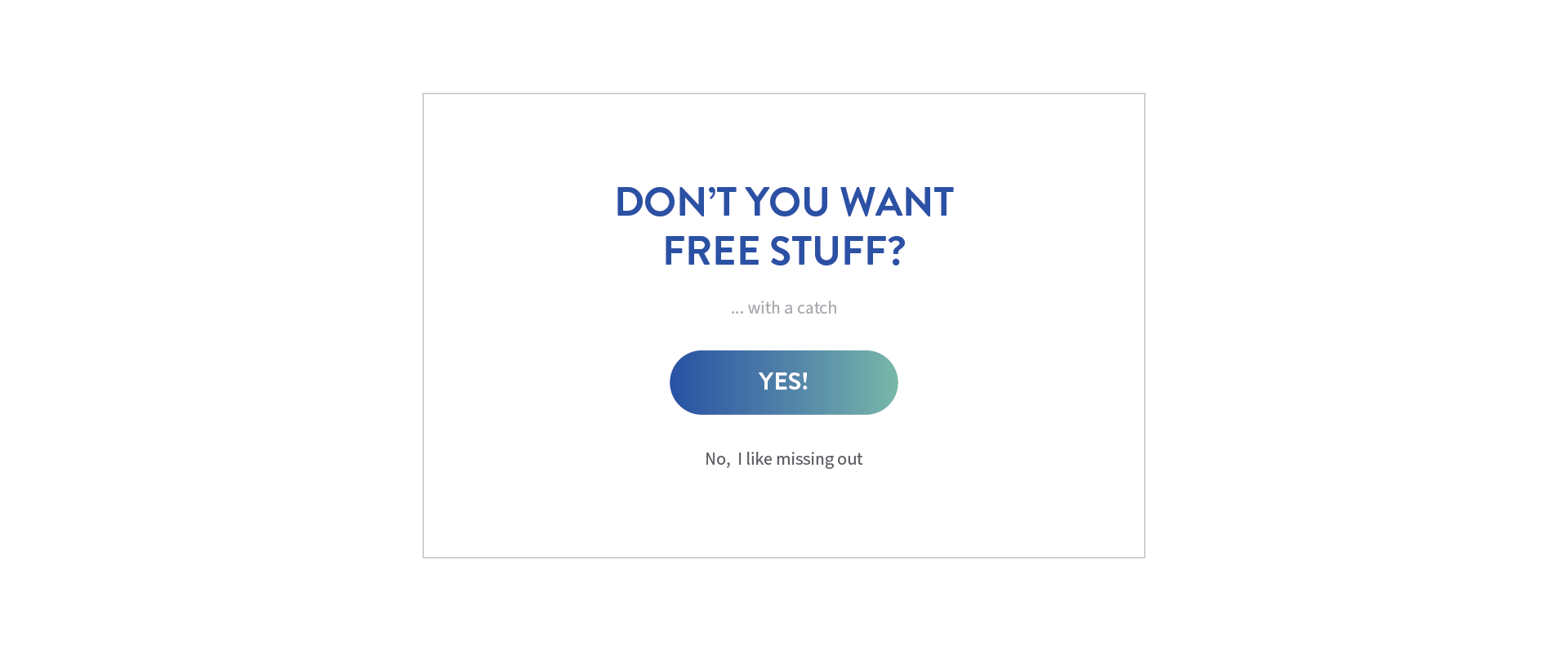
Framing techniques
Similar to misdirection and confirmshaming techniques, framing techniques are brought to life through the words that are used by online service providers. They involve focusing wording around the positive aspects of a choice and correspondingly glossing over the negative consequences of this choice. By highlighting the benefits of one particular option, service providers can nudge users in certain directions.
This might include a website host outlining the benefits of sharing more personal data with the website, but ignoring the negative consequences this can also have for users.

Obstruction techniques
Obstruction techniques involve making it extremely easy to sign up to and join a service, but incredibly difficult to cancel that membership or subscription.
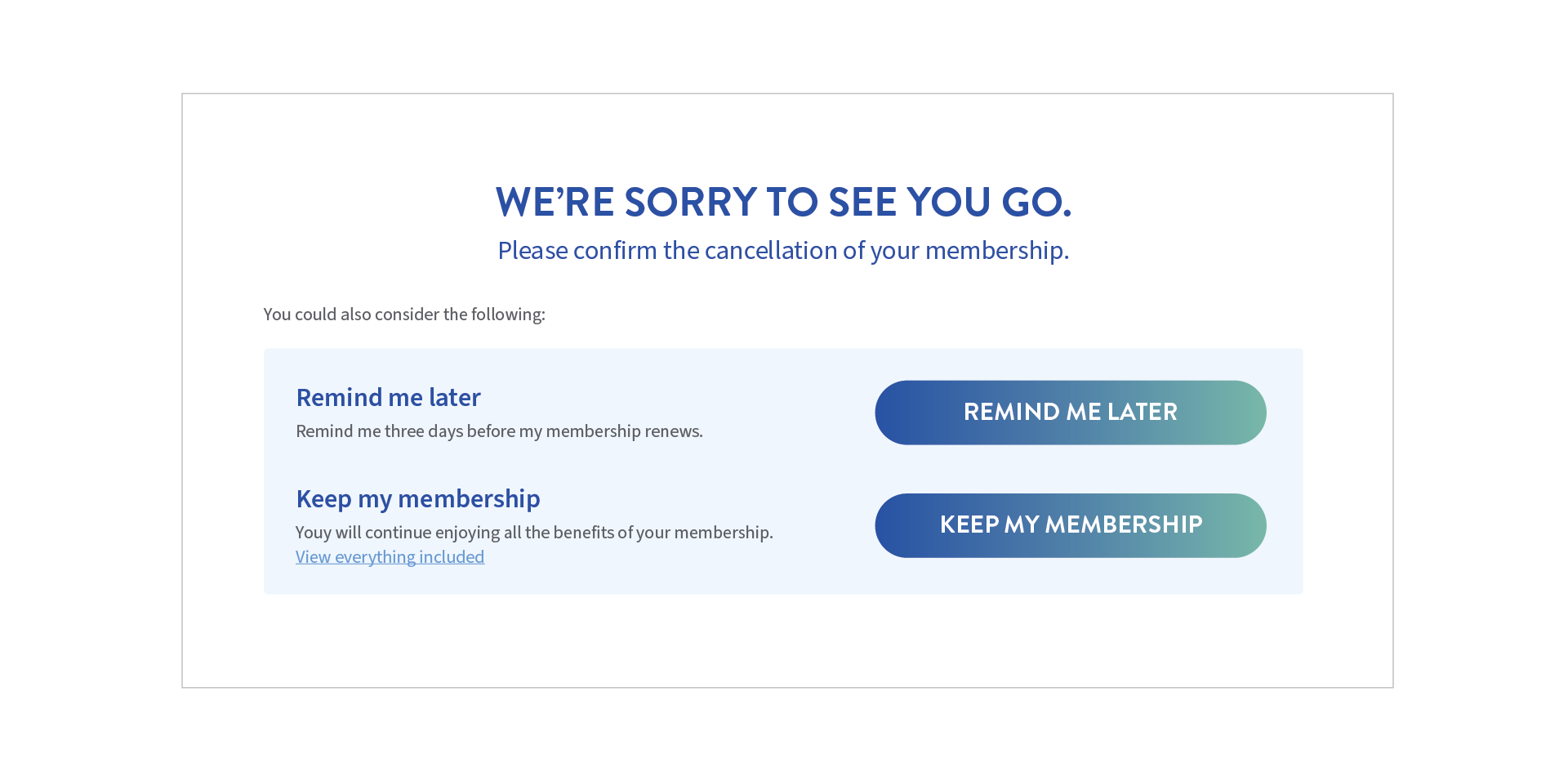
Forced continuity techniques
Forced continuity techniques are dark patterns which are used by subscription-based services. Platforms provide users with a free trial of their services, on the condition that they enter their credit card details when signing up for the trial. When the trial ends, a subscription automatically continues and the user is charged a renewal fee, unless they take active steps to cancel the service.
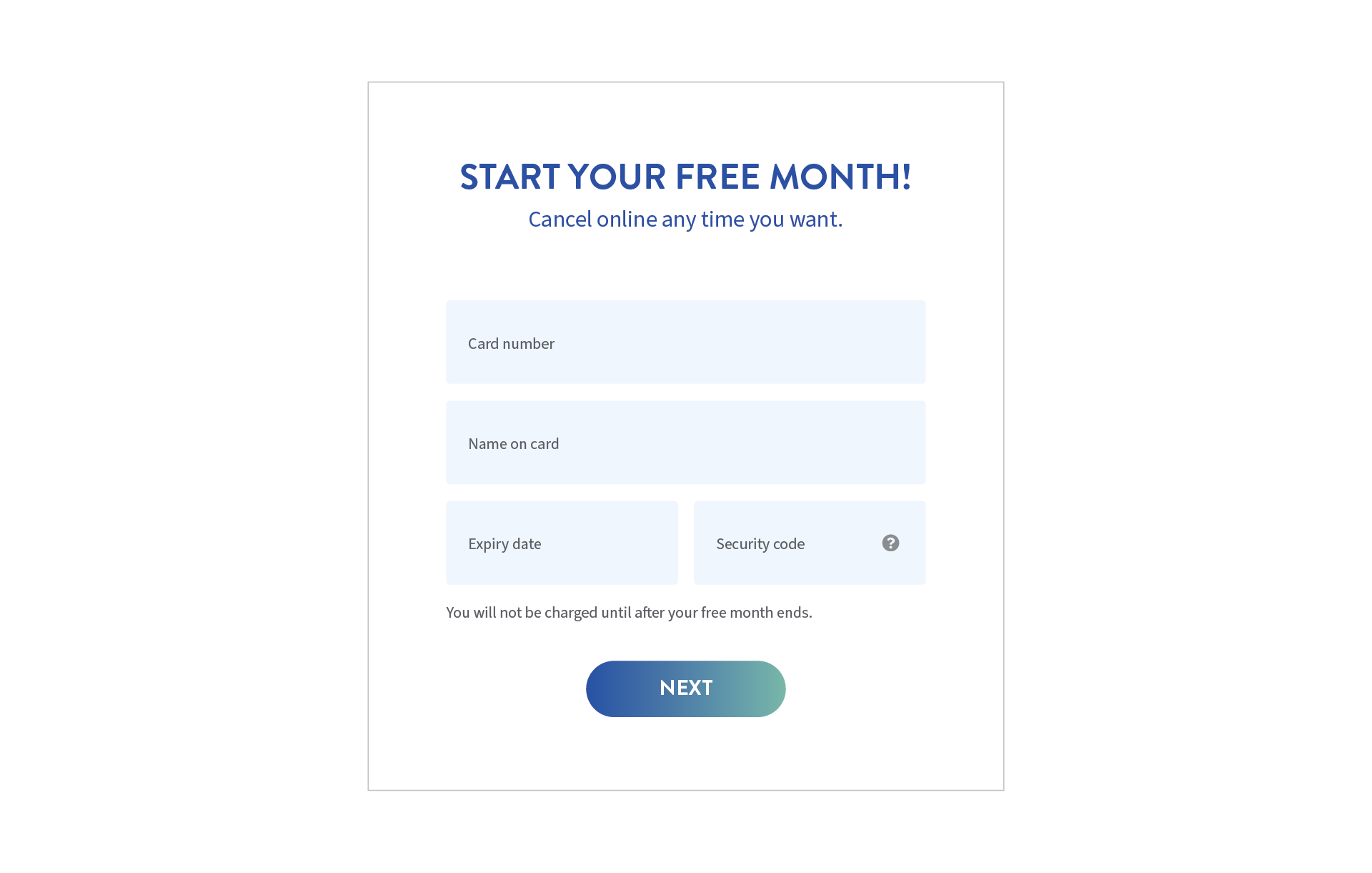
Nagging technique
Nagging techniques involve pop-up messages or interruptions that force users to make a choice, and often interrupt the activities and browsing flow of users.
Examples of such pop-up messages may include suggestions that a user should change their search engine, install a new browser on their device or to sign up to notifications for a product.
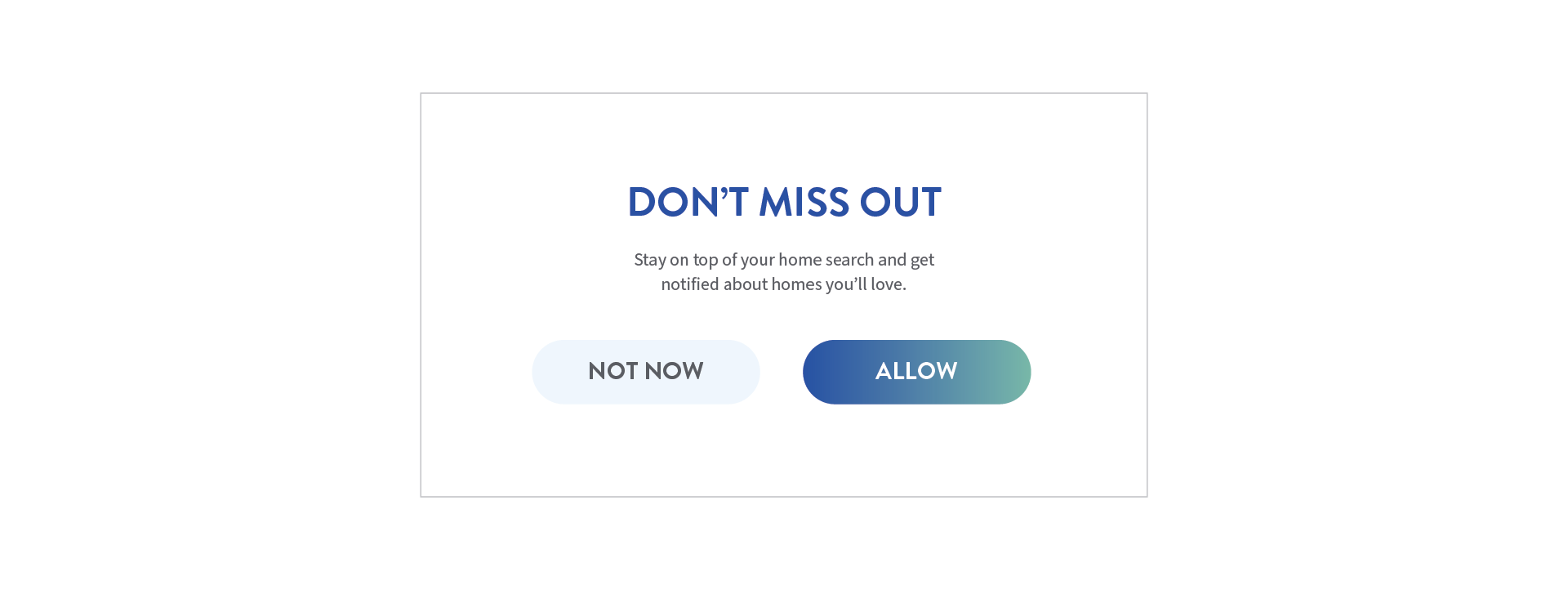
Fake notification techniques
Fake notification techniques involve interfaces indicating that users have received messages or notifications which do not actually exist. This encourages users to open and interact with the platform.

Disguised advertisement techniques
Disguised advertisement techniques are tactics used by advertisers whose material is displayed amid the content of other websites or pages. The advertising material is designed to blend in and appear as part of its surrounding web page in an effort to confuse users and cause them to click on the add. This is often seen when webpages have the option to download something, and an advertisement posing as the ‘download’ button appearing on the page.
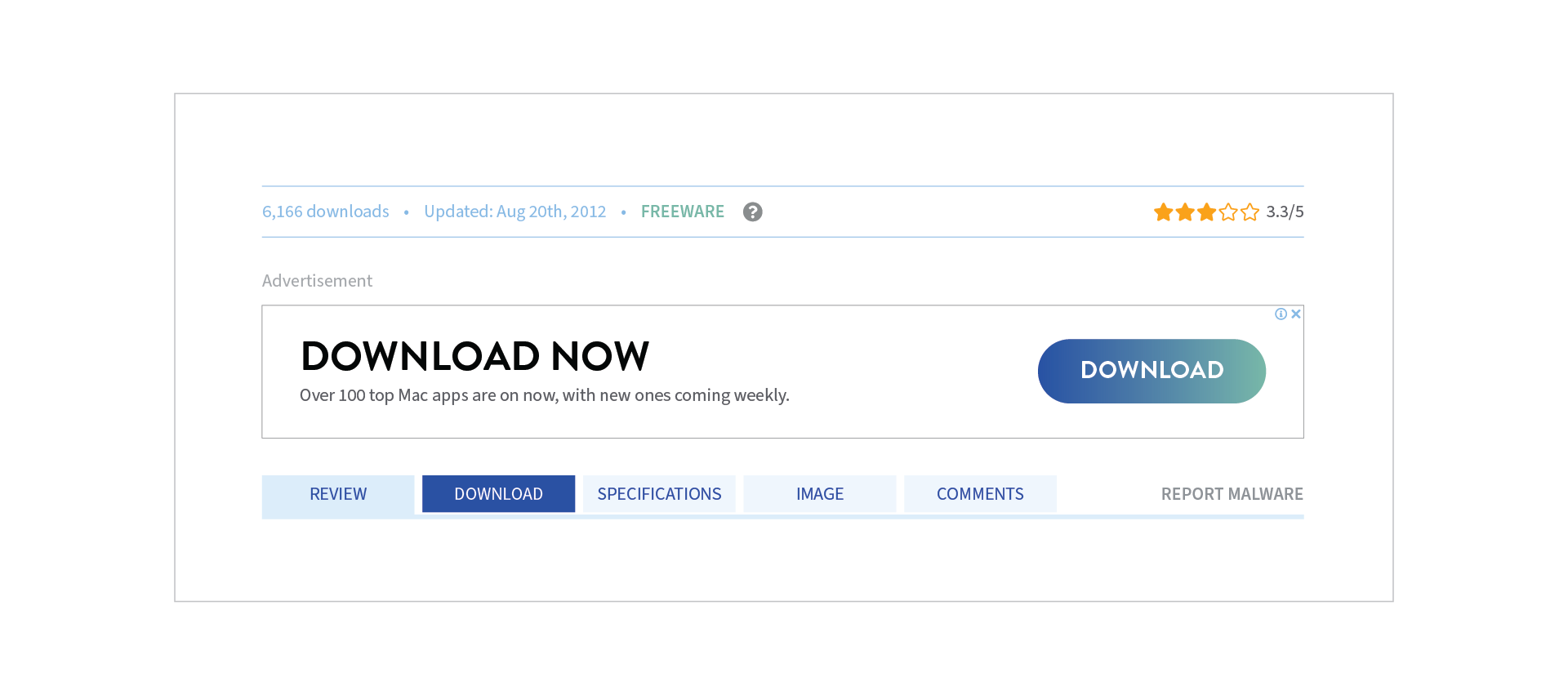
Scarcity techniques
Scarcity techniques involve an online service provider indicating that there is low stock or that a product or service is currently in high demand in an effort to create a (sometimes false) sense of urgency for the user to complete their purchase.
Scarcity techniques may also exist through time-based scarcity. This can involve an indication that an offer or sale is ending in a short period of time. This form of scarcity technique may also be accompanied by a countdown timer indicating the hours, minutes or seconds that a customer has left to take advantage of a particular deal.

Preventing price comparisons techniques
Preventing price comparison techniques occurs when website hosts make it difficult to compare the prices of various products or services offered on their platform. This may be achieved through different bundles or levels of services being offered to consumers where it is unclear what the individual prices of the corresponding goods or services are or where additional extras (such as service fees) are not added until after the point of price comparison. Through this system, users are effectively unable to make an informed decision about what is the most cost-effective choice or which is most appropriate for them.Preventing price comparisons techniques
Trick question techniques
Tick question techniques involve questions being intentionally worded, framed or ordered in a manner that tricks users into providing an answer or selecting an option which they did not intend. Upon first glance, a question or ‘checkbox’ option may appear to be asking one thing, however, when a user studies the question more closely, it may be asking a distinctly different question.
This might be achieved through double negatives, complex wording or alternating whether checkboxes are ‘opt-in’ or ‘opt-out’ questions.

Friend spam techniques
Friend spam techniques are a kind of impersonation. They occur when a website, platform or even game asks for your email or social media permissions and then automatically posts to your social media, emails people in your contact list or sends private messages which all appear to have come directly from you. This occurs as people may be more likely to use a particular good or service if it has been personally endorsed by someone they know or are friends with.
“Default” setting techniques
“Default” setting techniques involve the default settings on a device or account being set at the maximum level of data sharing or most privacy-intrusive option.
This technique relies on the fact that many users are unlikely to look adjust default settings.
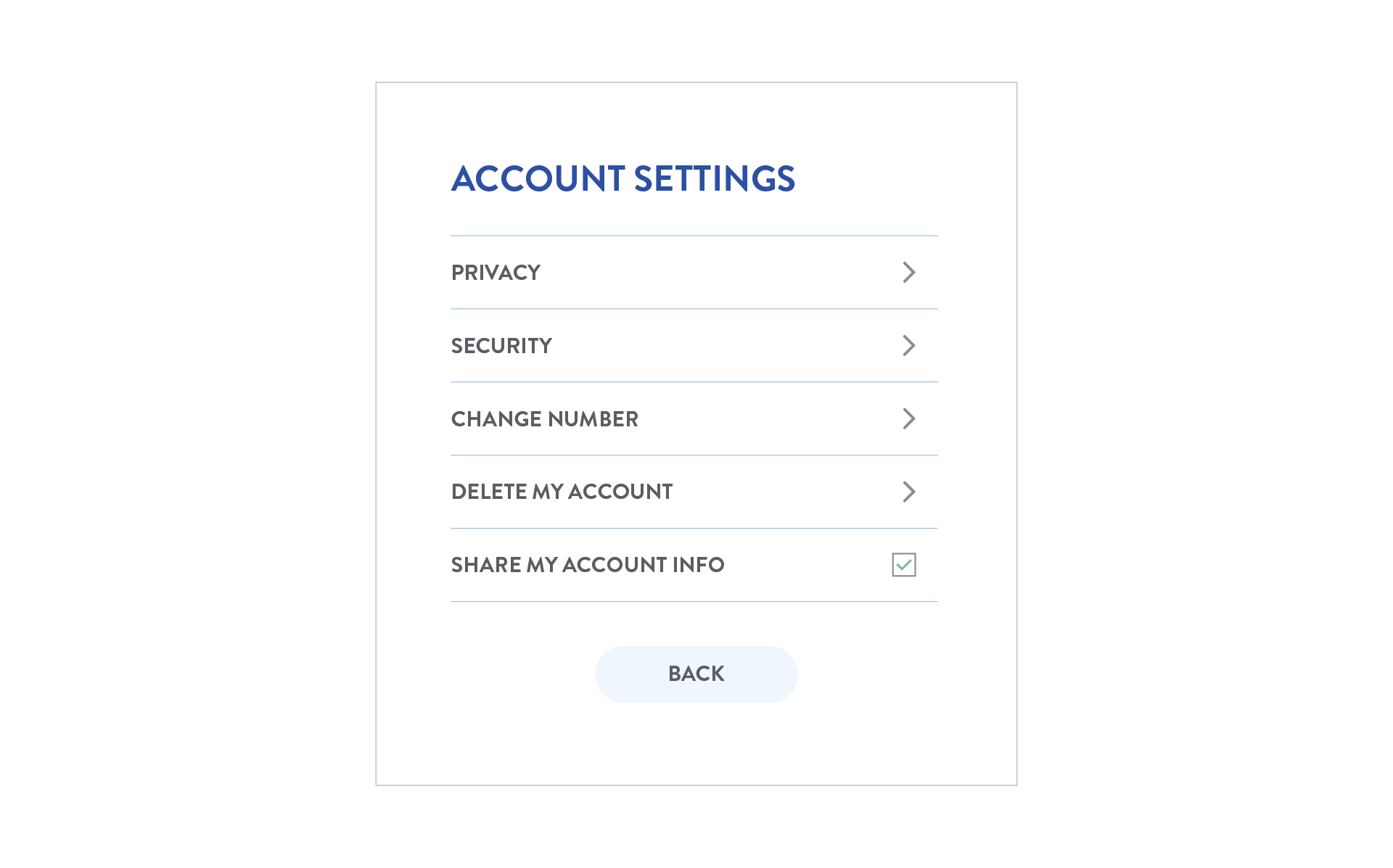
Inertia selling techniques
Inertia selling techniques, also known as ‘sneak into basket’, occurs when a user is shopping online and additional items have been added to their shopping cart. Items may be automatically added to a user’s cart, or there may have been an ‘opt-in’ checkbox to add an additional item that was automatically ticked as a default setting.
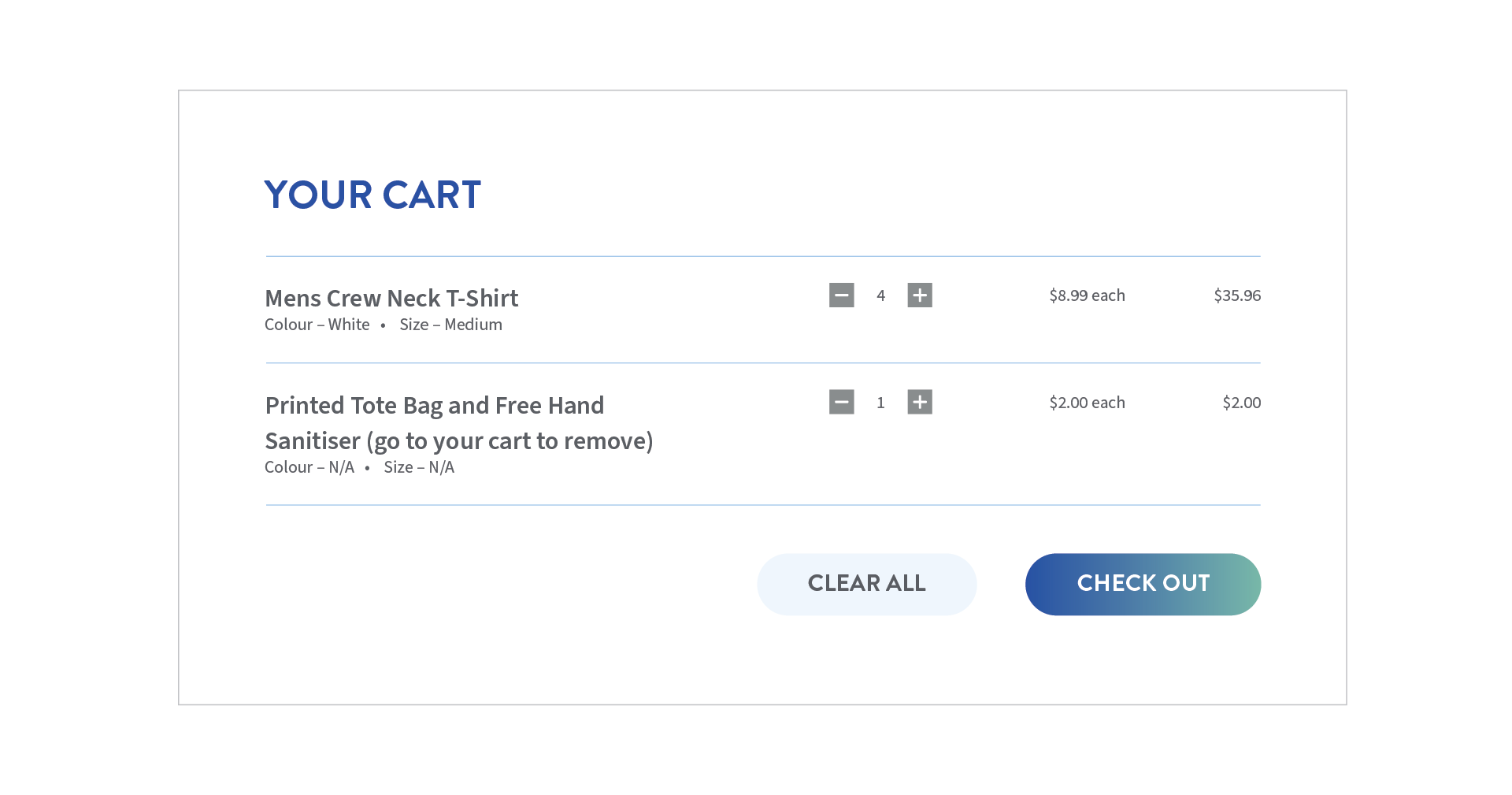
Forced action techniques
Forced action techniques involve forcing users to perform a certain action in order to access or continue accessing a function on a platform. This might take the form of requiring users to review certain settings in order to continue accessing an application, or it may exist as a required step in order to complete a process.

The future of dark patterns
Using and capitalising on human psychology to encourage consumers to engage in certain behaviour is nothing new. Indeed, it is what the marketing and advertising industry has been doing for a very long time. For example, many of us are aware that fast food outlets use the colour red to drive appetite, and that retail store layouts are designed to make customers walk past a larger number of products than might otherwise need to be the case.
However, when online, dark patterns can be used with potentially greater impact. The use of dark patterns is on the radar of regulators globally, particularly when they are seen to restrict the autonomy of online users and their ability to make free and informed decisions. You can read about regulatory developments in dark patterns in our articles here:

Visit Smart Counsel

